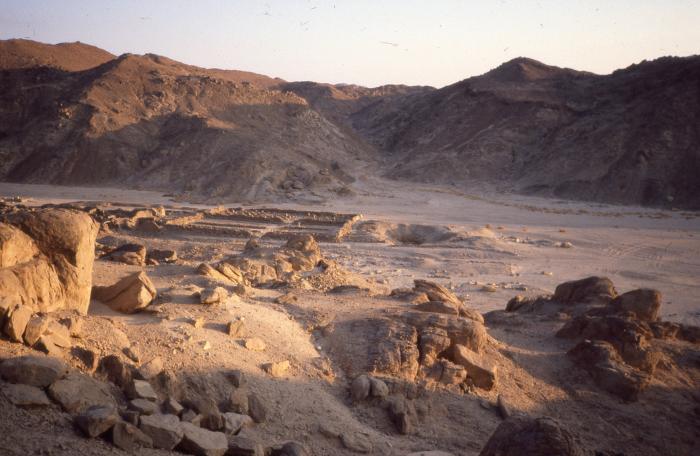Sew La Ti Embroidery:
Archeology
Italy: Basilica at Pompeii to reopen for tourists

Near East: Restoration work to begin at historic Genoese castle

Italy: Pompeii's 'Cave Canem' mosaic restored

India: Buddhist sites in Thotlakonda and Bavikonda cry out for attention

Heritage: Taxila, the lost civilisation

Heritage: Valley of Thracian Kings keeps its secrets

Near East: UNESCO slams Israeli digs in East Jerusalem

Near East: Wind power plant to be built on ancient necropolis

Peru: Peru increasing protection of archaeological sites in Trujillo

Heritage: Dating, understanding and appreciating the Aboriginal Rock Art of the Kimberley

More Stuff: Herculaneum closed to tourists, staff shortage blamed

Heritage: Byzantine bathhouse in Thessaloniki restored

Heritage: Egypt's Mons Claudianus to become open-air museum

Near East: UNESCO to monitor ancient sites by satellite

North America: Archaeologists call on feds to protect Chaco Canyon area

East Asia: How to save the disappearing Great Wall of China?

Heritage: Fallen Egyptian archaeologist wants international Grand Museum

Heritage: Africa's ancient art to be saved, with your help

East Asia: China starts restoring Great Wall's oldest section

Java: Centuries-old Sukuh temple undergoing restoration work
